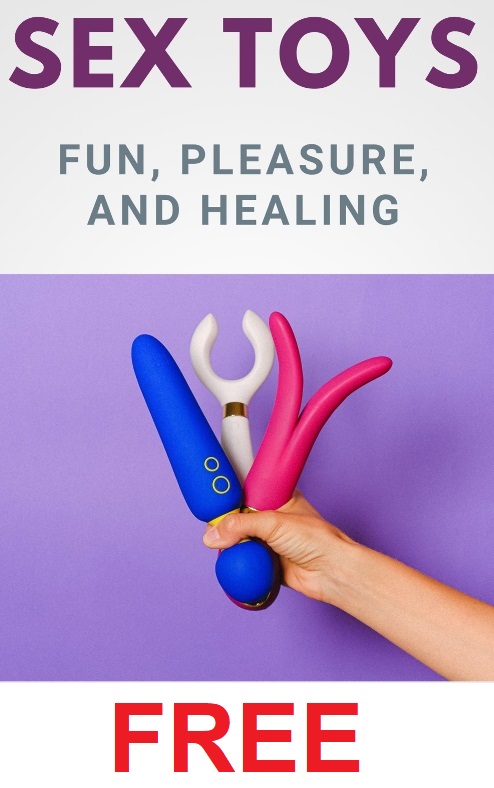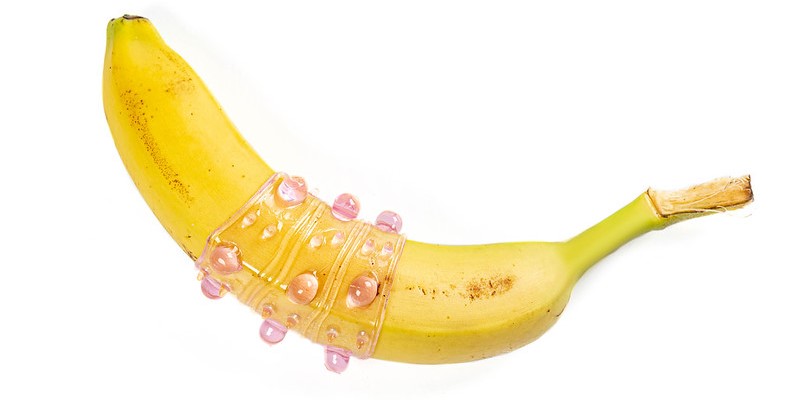
According to a range of studies done on the subject, and depending on individual countries, sex toy use by men and women seems to vary between twenty-five and fifty-five percent of the adult population. However, frequencies of sex toy use by individual users vary widely, ranging from every day use to once a week, or once a month, or even less.
Usage percentages for either men or women don’t differ significantly, but the vast majority of users apply them alone — for instance, for masturbation or for sexual health purposes — and a much smaller percentage use sex toys together with a partner (around fifteen to twenty-five percent of users).

Overall, the global use of sex toys (or adult toys) has been growing steadily in the past decade, and sex toys as a regular product have become much more common, as well as more broadly accepted by the general public. Furthermore, the Coronavirus pandemic with its social distancing measures has considerably increased the popularity i.e. sales of sex toys.
Nevertheless, public opinions about the use of sex toys vary, moving between a range of negative and positive viewpoints: from claims that sex toys are a vulgar commercialization of sexuality to ideas of positive sexual empowerment and education, and from notions of sexual perversion to therapeutic healing opportunities.
Another fact is that talking about sex toys, or frankly admitting that one uses them, stays somewhat in the taboo or private sphere. As it is, there are quite some people who still feel ashamed of using sex toys, particularly because of explicit or lingering negative feelings and connotations around them.
Moreover, in some countries (or sometimes only in certain states or regions of countries) the use, sales, and/or production of sex toys is considered obscene or indecent, or against religious ethics, being subsequently prohibited by law.



















